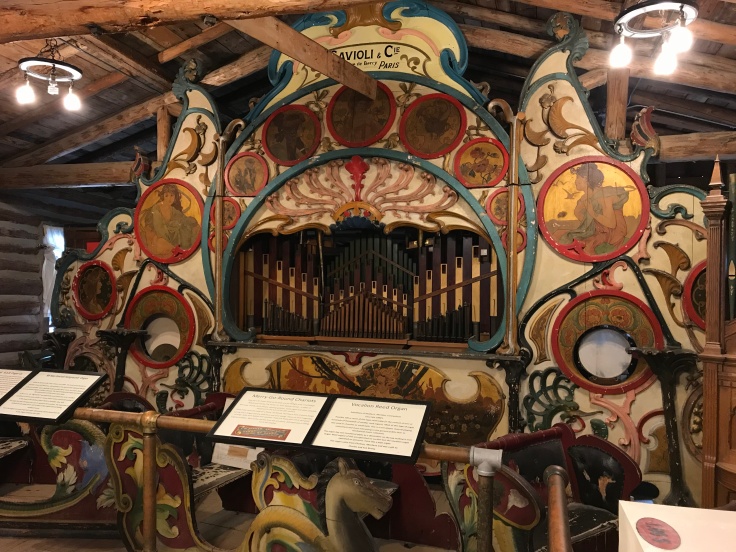During my recent trip to Las Vegas I decided to take a side trip to Death Valley and hike up to the old Pacific Coast Borax Works railroad line that was nicked named the “Baby Gauge”. The history of the Pacific Coast Borax and their operation just above Death Valley National Park is a fascinating story of mining and tourism.
From Las Vegas, Death Valley is only a two hour drive west. You leave the glittering lights of Vegas behind as you climb up and over Spring Mountain an elevation over 5,000ft. and drop down the west side into the Mojave desert stretching all the way to Pahrump and beyond. The first and only town really you will go through once leaving Vegas is Pahrump, Nevada. The town reportedly chose the name for Pahrump after the original indigenous name Pah-Rimpi, or “Water Rock,” so named because of the abundant artesian wells in the valley. Because of the artesian wells, the new inhabitants of Pahrump Valley began a number of large ranch-style holdings, mostly over 1000 acres.
The first and only town really you will go through once leaving Vegas is Pahrump, Nevada. The town reportedly chose the name for Pahrump after the original indigenous name Pah-Rimpi, or “Water Rock,” so named because of the abundant artesian wells in the valley. Because of the artesian wells, the new inhabitants of Pahrump Valley began a number of large ranch-style holdings, mostly over 1000 acres.
The highway passes through town and you eventually make a turn onto a two lane road for Death Valley. The longest part of the drive is over as you glide over a small mountain range to find yourself crossing the California boarder and into the Amargosa Valley. At the jct. with State Route 127 and State Line Road you find Death Valley Junction. At one time this was a happening place.
The town was created in 1907 when the Tonopah and Tidewater Railroad was constructed through the Amargosa Valley and a spur from their main line was built to the Lila C. borax mine in the hills to the west. The town was originally owned by Robert Tubb, who operated a saloon, store, and brothel.  In 1914, the Death Valley Railroad started operating between Ryan, California and Death Valley Junction. It carried borax until 1928, when operations ceased. From 1923 to 1925 the Pacific Coast Borax Company constructed buildings in the town, hiring architect Alexander Hamilton McCulloch to design a Spanish Colonial Revival whistle stop centered at the hotel, theater and office complex building, now known as the Amargosa Opera House and Hotel.
In 1914, the Death Valley Railroad started operating between Ryan, California and Death Valley Junction. It carried borax until 1928, when operations ceased. From 1923 to 1925 the Pacific Coast Borax Company constructed buildings in the town, hiring architect Alexander Hamilton McCulloch to design a Spanish Colonial Revival whistle stop centered at the hotel, theater and office complex building, now known as the Amargosa Opera House and Hotel.
The town began to decline in the mid-20th century. However, in 1967 dancer and actress Marta Becket happened to visit due to an automobile repair. She became enamored with the theater, and with help from benefactors, she leased, then purchased, the hotel and theater complex.
Once you leave DV Jct. you head West into the Death Valley Nat. Park. As you drive the old railroad grade of the D.V.R.R can be seen in the desert to the left of the highway. As you drive into the narrow canyon and follow the desert wash down into the valley you can see the railroad climb above you on it way to the Ryan Camp.
Before I drove all the way below sea level and down to Furnace Creek in DV I turned off the main road onto the road that takes visitors to the park up to Dauntes overlook. Just about a mile in you can see the old camp of Ryan tucked up along the hill side above the valley. From the Ryan Camp runs an old 2ft gauge railroad track along the mountain side which accessed many different mine tunnels. From the road which follows a large wash its a strait climb up the hill to the railroad track.

There is no other way up to the line but hiking strait up the hill. The hike isnt bad if you do it when its not too hot and it takes about 30min. I will say that this property is not in the National Park but is still owned by the Rio Tinto Mining company and im sure that it is trespassing, if caught.
Now to give you some back story on the Baby Gauge and its operation.
Construction began on the “ore gathering tramway” as early as December 1914, and certainly by early 1915. The route started at the DVRR ore bins, then passed over the tail track of the DVRR wye on a bridge, beneath “Poison Rock” to the Grand View Mine, about three miles. Over time it was extended first to the Lizzie J Oakley, and eventually to the Widow mine. Eventually the line reached over 5 miles in length, and as reworked and rebuilt would feature 3 long and one short tunnel as well as a number of spectacular bridges as it ran along the wall of Corkscrew Canyon.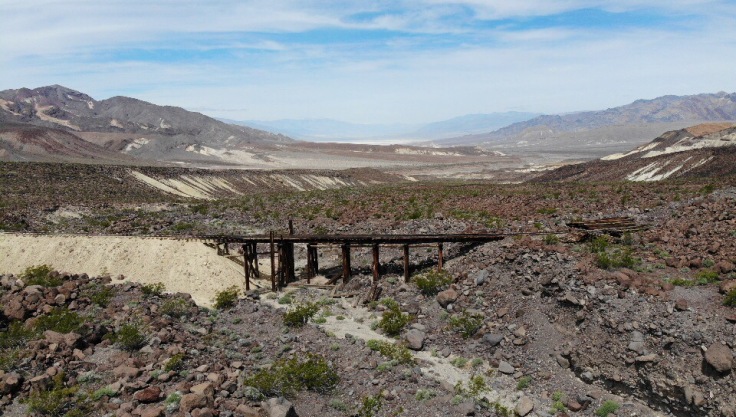
By 1921, it was noted that most ore was coming from the Widow mine, with the tiny trains working hard to move the ore… “Filling ore bins of at Ryan with Widow trains is like trying to fill a bathtub with a spoon” Possibly in response a new larger Plymouth locomotive was added in 1923.
The mines at Ryan never “played out”, instead, they were replaced by a new higher grade ore body found near Boron California. Those ores were both cheaper to mine, closer to the standard gauge railroad. The line hauled its last borax ore in mid 1927, even as the line was now hauling tourists.
Tourist service.
As mining operations were transferred to the new mines at Boron, the PCB company started to repurposed their Death Valley facilities as a tourist center. This included the purchase of gas rail cars for both the Tonopah & Tidewater and the Death Valley Railroad, and converting company housing and dormitories at Death Valley Junction, and in Furnace Creek to hotels. At Ryan the facilities were rebranded as the “Death Valley View Hotel”. The project was promoted by Union Pacific’s tourist arm.

As part of the tourist initiative, from late 1926, until an accident in 1950 (which resulted in an “expensive claim”), the Baby Gage operated as a tourist attraction. For this five flat cars were fitted with seats in late 1926. The new ride included tours of the mines. Eventually, when the mine at Boron was converged to an open pit, some of that mines equipment was moved to Ryan as displays.

After the accident the Baby Gage was left in place, only occasionally used. Today much of the railroad is in place, but unusable. The name “Baby Gauge” was coined after a little baby girl who was born at the Ryan Camp.

The tracks now sit slowly washing away and being pushed around by rock slides. Overall the line is ok and the bridges look great all due to the dry climate of Death Valley. The mine sits at an elevation of 3,000ft. over looking the valley which is way below sea level. Once I made it up the the line I was near one of the large mines that had a wye track to allow trains to turn around and also near the trestle that is pictured above.
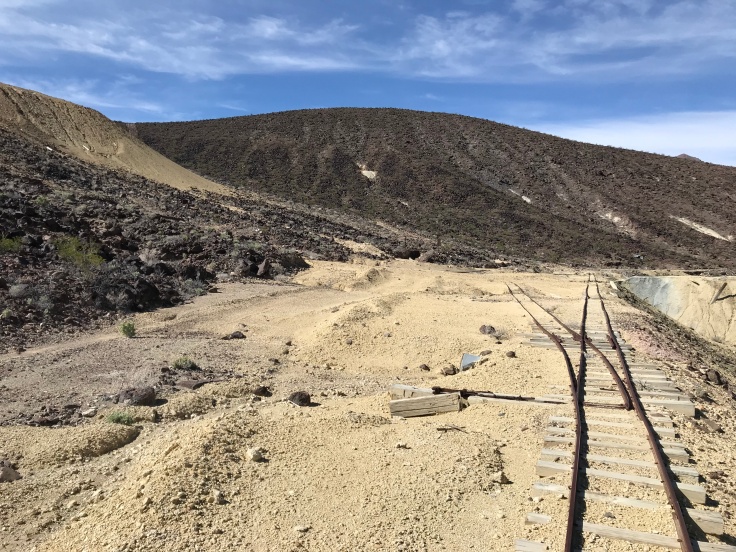
The main area is the where the wye and mine tunnel is located. The tunnel is sealed off and is not able to be explored. The switch track that would have led tourists into the mine still works and can be thrown back and forth. This must have been a large mine as there are tailing piles above the mine and here at this entrance. The mountain inside must be full of shafts running up and down.


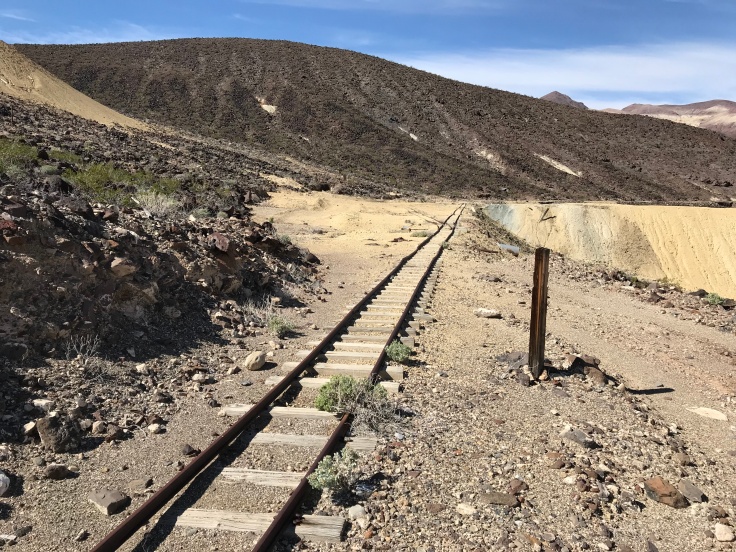
This area has a great view of the valley below and the area is so quite as you are the only one in the area. I was able to fly my drone to get some great ariel shots of the track and trestles. I spent about two hours walking the line and exploring the area. Whats great is it is in pretty good condition and far enough away and hard to get to that most public doesn’t come up and destroy whats left.
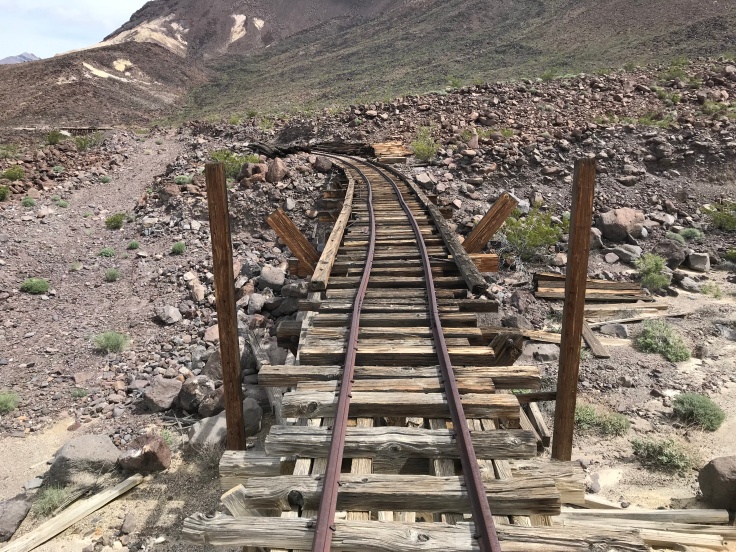
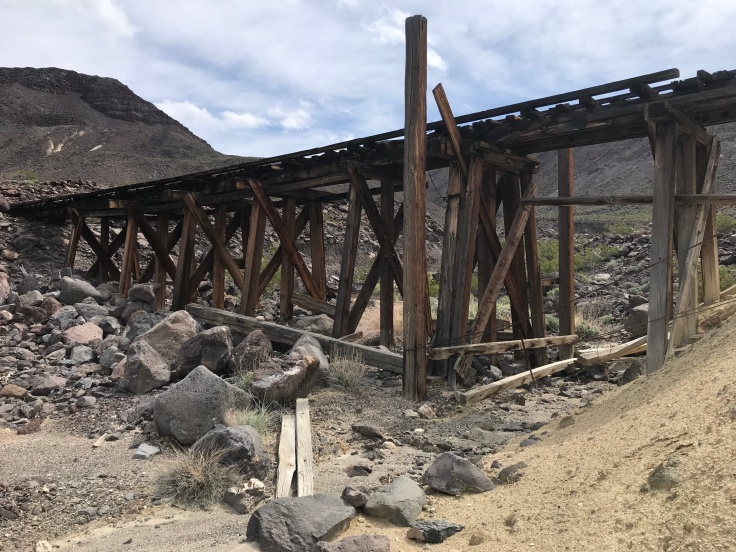
I had great weather for the hike with temps at around 80 degrees. After my hike I headed for lunch at the Furnace Creek Ranch which just saw a total remodel. Its a great place to relax and have lunch. After hiking around 3,000ft. that morning I had lunch at -282ft. below sea level.
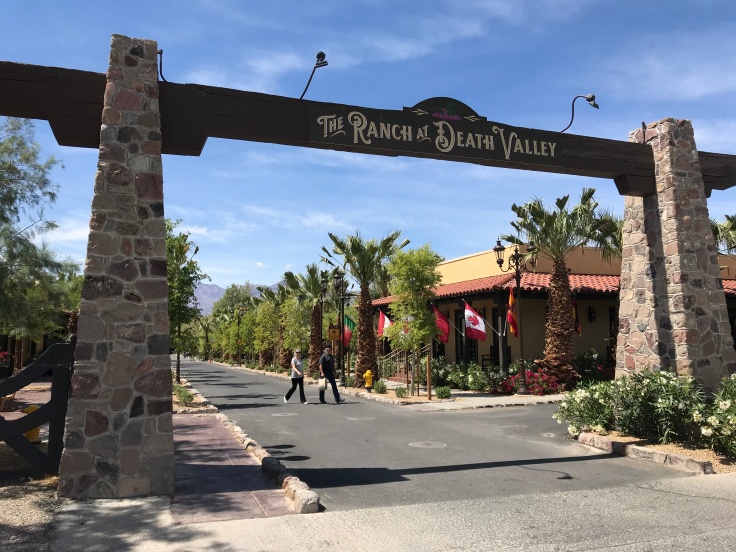
For most of my travels that day I had little to no cell service so be prepared when going to Death Valley. My hike that day was on private property so be careful if you ever plan to go up there. I left no trace and took only photos with me. The Ryan Camp is currently owned and being restored by the Death Valley Conservatory and is open for guided tours only at certain times of the year. I heard the next tour will be in October of 2019. Im sure I can go into more history but for now I think that wraps this little trip over to the Borax Works and the Baby Gauge Railroad.
Thanks for reading








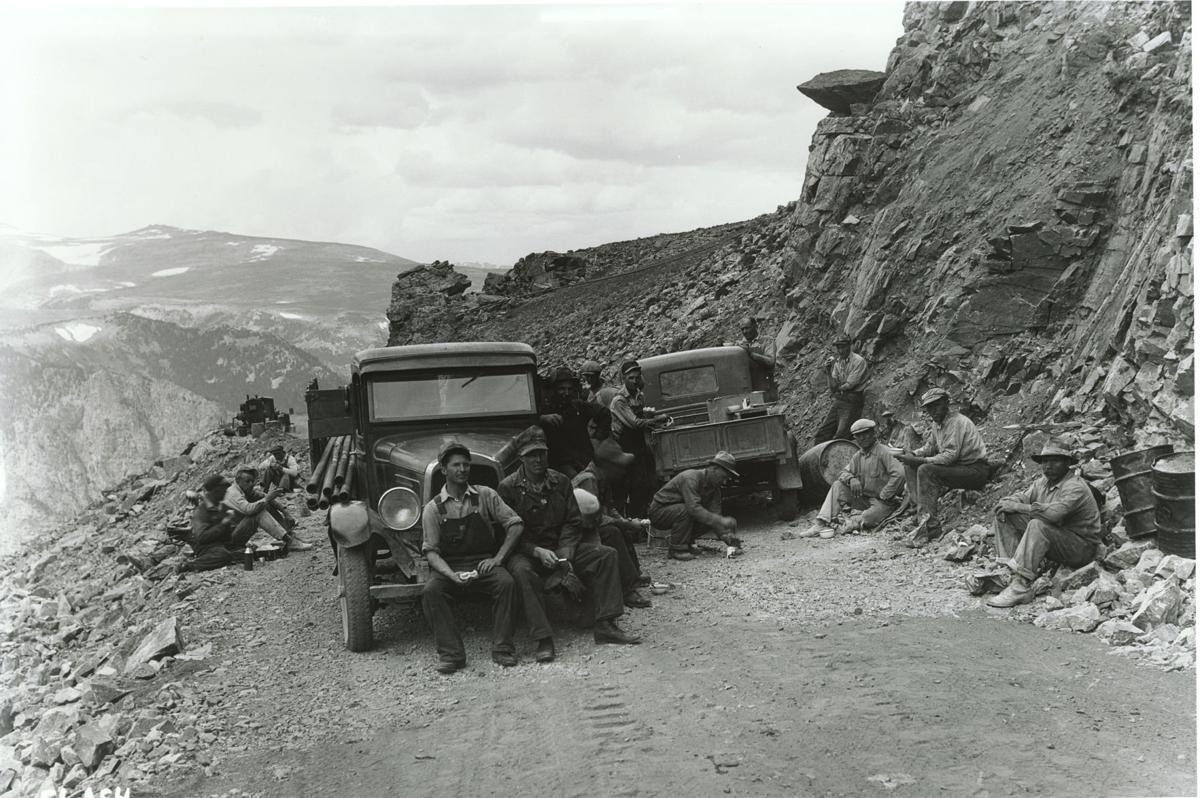



 The railroad was the heartbeat of Billings as it grew. The Northern Pacific, Great Northern, Chicago, and Burlington & Quincy railroad companies made regular stops on Montana Avenue. I explored Montana Ave. and the old Northern Pacific Depot which is currently an event center and hosts many weddings in the baggage side of the building.
The railroad was the heartbeat of Billings as it grew. The Northern Pacific, Great Northern, Chicago, and Burlington & Quincy railroad companies made regular stops on Montana Avenue. I explored Montana Ave. and the old Northern Pacific Depot which is currently an event center and hosts many weddings in the baggage side of the building.





 The ride only takes 20 minutes and is narrated. Once arriving in Nevada City you have one hour to look around, definitely not enough time to really see everything, but in this day and age an hour is enough since people just walk through everything. If you wish to take more time you can get your train ticket rescheduled or come back with your car. (I spent two and half hours).
The ride only takes 20 minutes and is narrated. Once arriving in Nevada City you have one hour to look around, definitely not enough time to really see everything, but in this day and age an hour is enough since people just walk through everything. If you wish to take more time you can get your train ticket rescheduled or come back with your car. (I spent two and half hours).
